Developed by Ska Studios as a sequel to the 2016 game, Salt and Sanctuary, Salt and Sacrifice is a mix between Souls-like, Metroidvania, and Monster Hunter-eque elements in which players will take on the role of a Marked Inquisitor, a criminal sent out to save the lands from a tide of evil elemental mages determined to plunge the world into chaos. Players will traverse the various worlds and face down the monsters inhabiting them to track down the Mages, face them in battle, and then rip out their hearts to consume them.
You may now take the appropriate time to say, “That is the most metal premise I have ever heard.” Because it is, but this begs the question: does Salt and Sacrifice deliver on its awesome premise? Well, that’s a complicated answer. Salt and Sacrifice tries to juggle its various influences so that they all come together into a satisfying product, and it instead forms an overall experience of intertwined highs and lows.
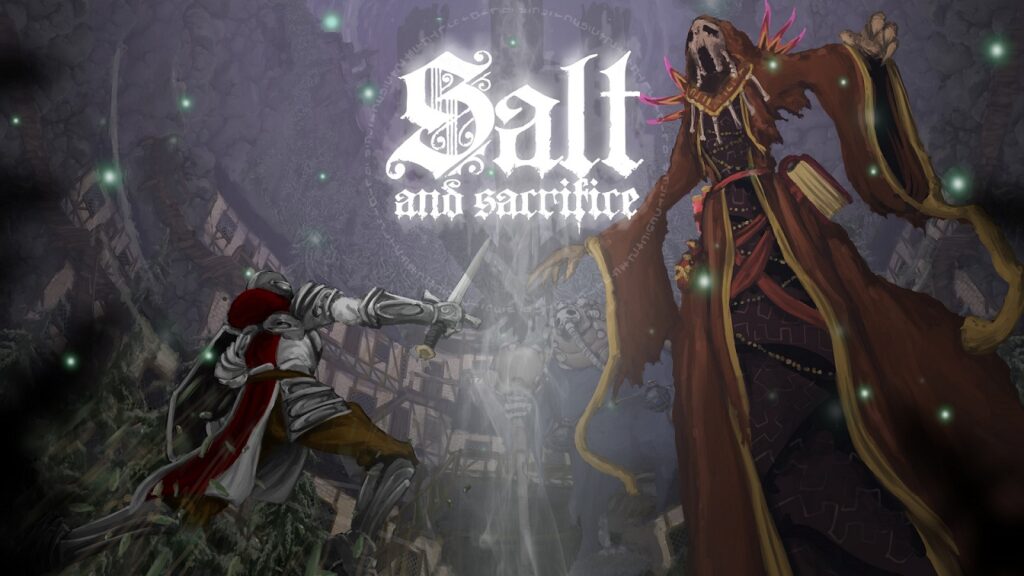
Starting with the stronger elements of Salt and Sacrifice, its presentation feels unique aesthetic that fits in well with the dark fantasy setting it drops the player in. Everything feels as though it is drawn on paper, making the game feel as though playing through medieval artwork. Environments are expansive and atmospheric, and I often found myself continuously exploring the environment for no other reason than I genuinely wanted to see more of the world that Ska Studios had created. The design for each of its levels mixes together multiple different areas in a way that feels satisfying to navigate, especially when taking into account the game’s metroidvania elements. At least, exploration feels satisfying at first. There is no map or fast travel for these levels, making the act of returning to these areas feel tedious and slow, even with the presence of short cuts.
As for general gameplay, I struggled to write this section in a way that doesn’t compare this game to Dark Souls because I’m sure the dear readers of this publication are sick of game reviewers comparing every difficult game to Dark Souls (I know for I am a reader too, dear reader). However, I cannot avoid it. This game is 2D Dark Souls. Brutally difficult combat that relies on recognizing attack patterns and managing a stamina meter that goes down with every action? Check. Dark fantasy setting with story and lore that is unconventionally told through item descriptions and subtext? Check. Healing item that comes in the form of a flask that refills at every checkpoint? Check.
Lucky for this game, I really like Dark Souls, and this game is fairly decent at doing Dark Souls. Dodging and parrying against normal enemies feels satisfying. Players are offered a variety of weapons and builds through the skill tree which, while initially intimidating, offers the variety of builds players would expect (Dexterity, Strength, various forms of magic). And the boss fights ride the line between being difficult while still being fair, making the act of memorizing their attack patterns and finally claiming victory satisfying.
However, the game’s decision to lock certain tiers of weapons behind the skill tree hampers customization. Additionally, the player character just cannot take a hit to save their lives, often leaving the player stun-locked and ready to be pummeled into oblivion, often getting shot by one enemy without enough time to dodge another enemy’s attack. When the mage hunts often include multiple enemies on screen at a time (including other mages), you can see why this would be an issue.
Which leads me to Salt and Sacrifice’s main draw: the mage hunts. They are the Monster Hunter elements I mentioned earlier. The main crux of the game is spent finding various mages across the maps and, after killing both them and their minions, and then turning their body parts into weapons and armor (each with their own stats and magical properties) to use on more hunts. After killing a mage, the player can then encounter them in the overworld and hunt down identical mages for more material to upgrade their gear. The creation of weapons from mages, as well as the actual fights themselves, are fine. However, the problem comes with how the mage hunts are executed. Players will spend their time chasing the various mages around the map, fighting them, their minions, the normal enemies, and sometimes other mages all at once until tracking them down to an arbitrary room and doing battle. This can lead mage hunts to becoming a mess of dangerous enemies and bosses waging a war in the middle of the stage with the player trying to navigate it and, in a Souls-like game where enemies and bosses are exponentially more dangerous than the average game, this can lead to an experience that can be described as a chaotic and tedious mess. Not only that, but the fact that mages constantly run away from the player during combat gives the game’s major boss fights a stop-and-go style of pacing that feels more irritating than fun.
Imagine, for a second, if you were playing Bloodborne and trying to fight Father Gascoigne, but he kept running away from you every five seconds to run around Central Yharnam while the Cleric Beast and Blood-starved Beast were in the area as well as the normal enemies. That is what playing Salt and Sacrifice feels like. In some ways, I can see the potential within the game. The combat, although it needs fine tuning, is fundamentally solid, and the aesthetic oozes charm and atmosphere. However, exploration feels like a slog after a while and the actual act of hunting mages, the core activity of this game, is executed in a way that makes them feel like busy work. I wanted to like this game. In the end, though, I can only give Salt and Sacrifice a 6/10.
I love games and love talking about games. Some of my favorites include action games (both 2D and 3D), metroidvanias, roguelikes, shooters, and Indies.

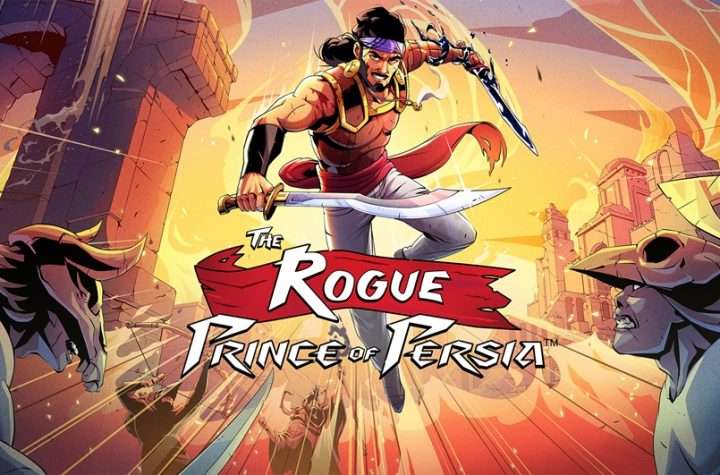
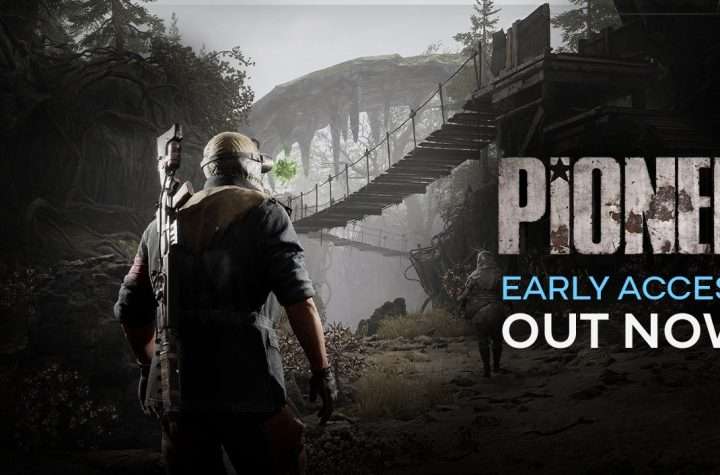
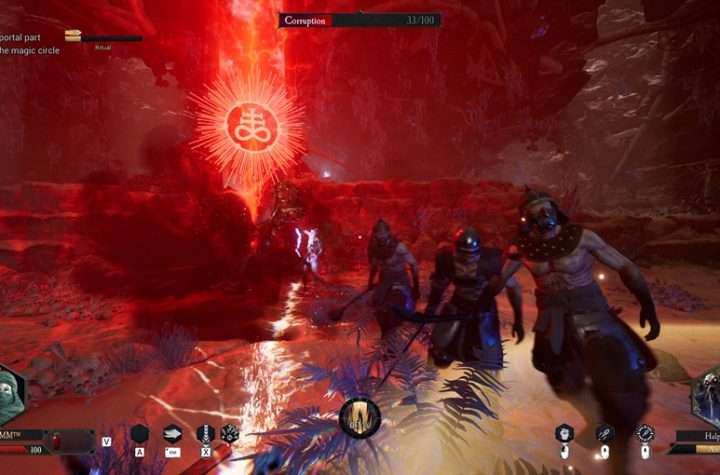
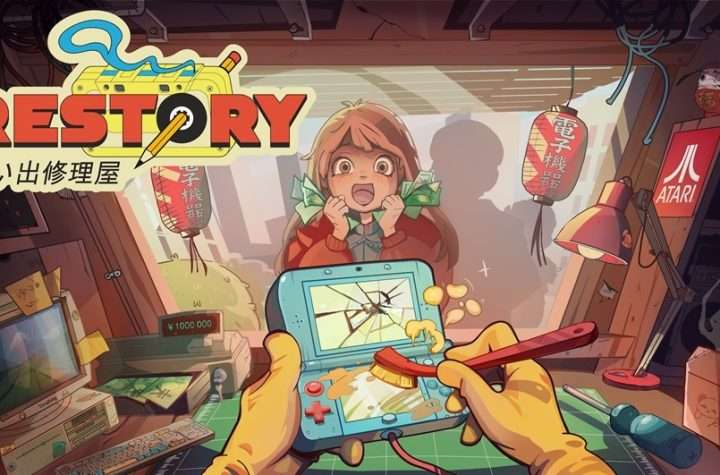
More Stories
DAIMON BLADES Preview for Steam Early Access
ReStory Preview for Steam
Firefighting Simulator: Ignite Releases Parker’s Story DLC for PC and Console